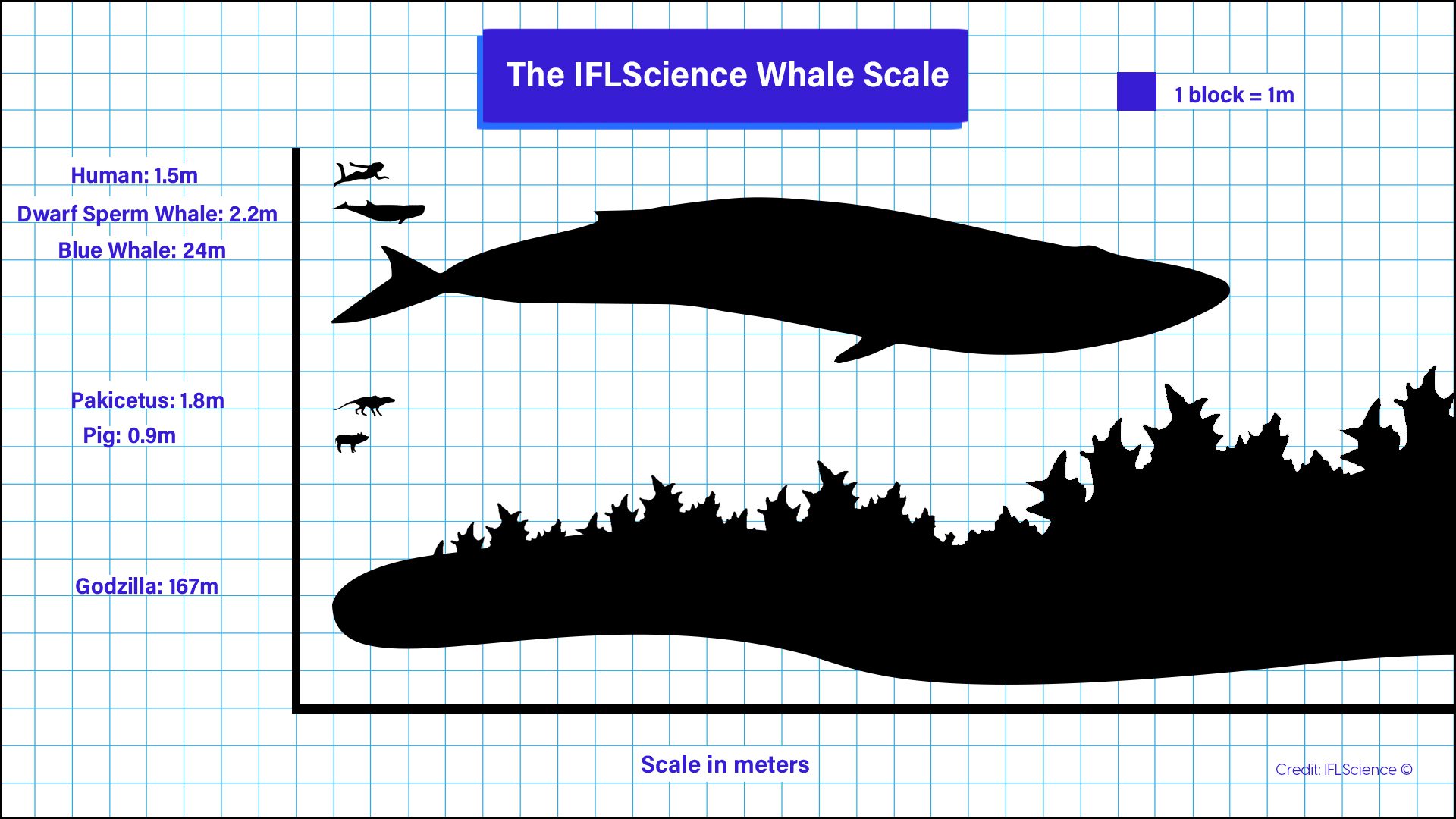The blue whale is not only the biggest animal on Earth, but it’s also the largest ever to have existed on the planet. They can reach lengths of 33 meters (108 feet), and are three times the weight of the second largest fin whales, but how did they get so be so big?
New research has pinned down the pivotal role four genes played in not only promoting the enormous body sizes of whales, but also protecting them from the increased risk of cancer that typically affects larger animals. The cetaceans owe a lot to GHSR, IGFBP7, NCAPG, and PLAG1.
Identifying these four pivotal genes started with looking at a group of nine. Five of these related to the growth hormone/insulin-like growth factor axis, and the other four were associated with big body sizes in the hoofed animals, Artiodactyls, which despite being land-dwelling animals are actually related to whales.
The researchers on the study wanted to investigate the role of these genes across 19 species of whales, including seven giants that were classed as whale species over 10 meters long and included sperm whales, bowhead whales, gray whales, humpback whales, North Pacific right whales, fin whales, and – of course – blue whales.
If you need some context to visualize the enormity of these animals, here’s how the smallest and biggest whales in the ocean compare against humans, an early cetacean mammal (Pakicetus), plus a pig who counts as one of those distantly related hoofed animals we were talking about. Oh, and Godzilla.
Image credit: (C) IFLScience
For the two groups of genes, researchers were able to identify four that were positively associated with the big boys of whales, with GHSR and IGFBP7 falling into the growth hormone/insulin-like growth factor axis group, and NCAPG and PLAG1 from the big, hoofed animal group. It’s therefore the researchers’ conclusions that these are four key ingredients to growing massive whales, but two of the genes in particular may have further influence in these animals’ risk of disease.
“There’s a joke that whales should be born with cancer and not even able to exist,” Vincent Lynch, from the University at Buffalo, New York – who is not an author on the new study – told New Scientist. “They’re just too big.”
Whales seem almost perfectly designed to get cancer. As well as growing to enormous sizes they also live for ages: the bowhead whale in particular is thought to be one of the longest-living animals on the planet, with a maximum lifespan thought to stretch over two centuries. Age and size are both risk factors for cancer, but two of the genes identified in this new study may explain why whales still don’t get it.
Both GHSR and IGFBP7 from the growth hormone/insulin-like growth factor axis group may suppress whales’ cancer risk. This is because the GHSR gene influences the cell cycle (cancer is a disease caused when cells divide uncontrollably and spread into surrounding tissues), while IGFBP7 is already known to suppress several cancers.
So, the oceans’ whales are free to get as big as they like seemingly free of the threat of cancer, and we humans were lucky enough to get to share the planet at a time when they reached their most ridiculous. Now, if we could just keep them from going extinct, that would be great.
The study was published in Scientific Reports.
Source Link: How The Largest Whales Got So Big May Be Explained By Four Key Genes
